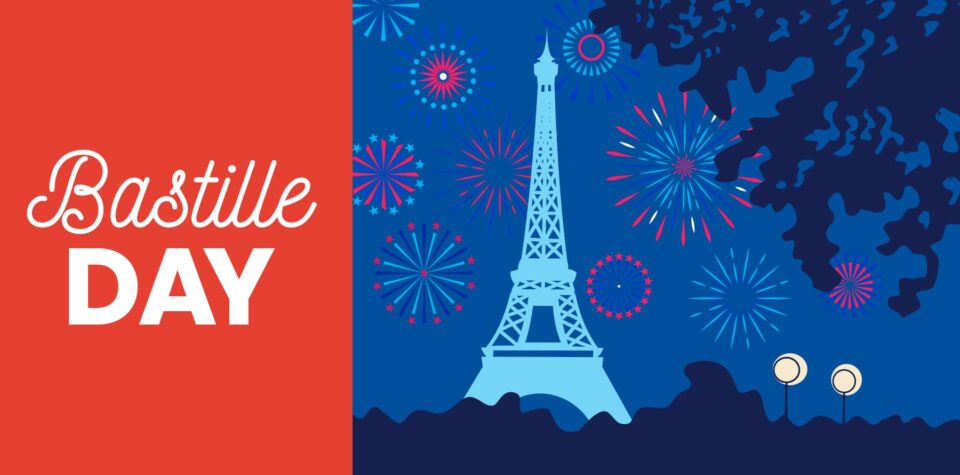
Bastille Day
Allons enfants de la patrie! Le jour de gloire est arrivé! The French national anthem starts with “Let’s go children [meaning people] of the nation, the day of glory has arrived!” So it’s no surprise that France celebrates one of the revolutionary struggles that made it a republic. Bastille Day, which the French call la fête nationale (“the national holiday”), celebrates one of the most famous days of the French Revolution: the storming of a royal fortress in Paris called the Bastille in 1789.
What Is Bastille Day?
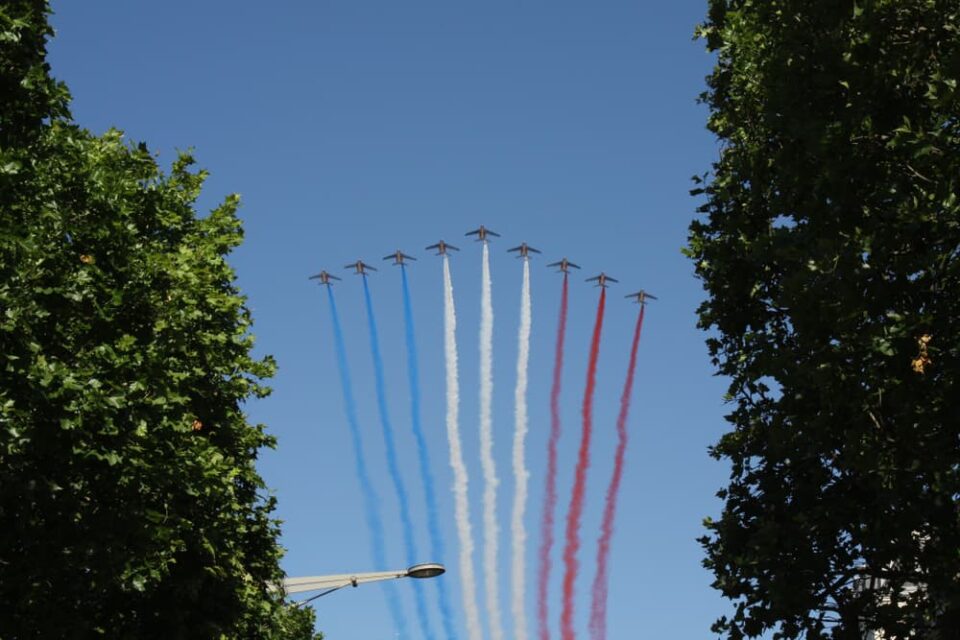
Bastille Day is the national holiday of France, a bit like the Fourth of July in the United States. It celebrates one of the first battles of the French Revolution.
In 1789, France was dealing with major problems. Its government, which mostly taxed the poor instead of the wealthy, was running out of money, bad harvests had led to food shortages, and many people were unhappy. The country was ruled by a king, but other groups, including people with special privileges (nobles) and representatives of the Catholic church (clergy), held power too.
The king’s ministers could not solve the country’s problems, so the king called a special meeting of elected representatives from the nobles, the clergy, and the common people of France. The nobles and clergy blocked the efforts of the commoners to establish a constitution that would limit the power of the king and create a more equal distribution of taxes and political power. The assembly argued, and by July, the common people were afraid the king was going to dissolve the assembly without addressing any of their problems. Hungry, angry, and frightened, they decided to revolt, take power, and establish a republic in which all people would be treated equally.
The Storming of the Bastille
Bastille Day gets its name from a fortress and prison in Paris called the Bastille. In 1789, the Bastille wasn’t being used very much, but it was a big, imposing building that symbolized the power of the king. In July 1789, a revolutionary militia of 40,000 people formed in the heart of Paris to take power away from the king and establish a republic governed by elected officials. The members of the militia were able to get weapons after sympathetic royal guards opened an armory for them, but they had no gunpowder to use.
They knew there was gunpowder at the Bastille, so they marched to it and demanded the guards inside open the fortress to them. After a long standoff, the guards surrendered the Bastille, and the militia took it over. They freed the handful of prisoners inside and showed themselves and the world that they could overcome the power of the king.
Bastille Day Celebrations
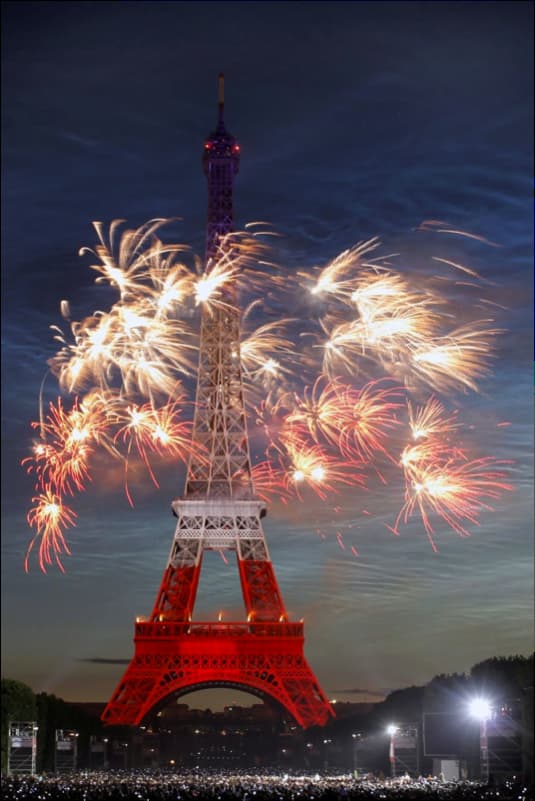
Bastille Day was celebrated for the first time in 1790, during a period when the king and the French revolutionaries were cooperating. A huge arena was built on the Champs de Mars in Paris (the Champs de Mars is now the park in front of the Eiffel Tower, but the Eiffel Tower hadn’t been built in 1790). At a ceremony there, the king and his representatives swore oaths to the nation and its new constitution alongside members of France’s elected government, and a military parade took place.
After the relationship between the king and the revolutionaries soured, Bastille Day wasn’t celebrated again until 1880, when France’s legislature declared Bastille Day a national holiday. That year, much like they had in 1790, the leaders of France gathered in Paris to watch a military parade and hold ceremonies followed by feasts and public dances. Elsewhere in the country, torchlight parades, public games, and fireworks displays were held.
Celebrations of Bastille Day in France today look very similar. A huge military parade takes place in Paris, and people across the country celebrate the French republic with their families and communities, with dances and fireworks displays topping off the festivities. People rarely mention the storming of the Bastille in France, though. Instead, they celebrate the spirit of the French Revolution and the achievements of the modern French republic.
When Is Bastille Day?
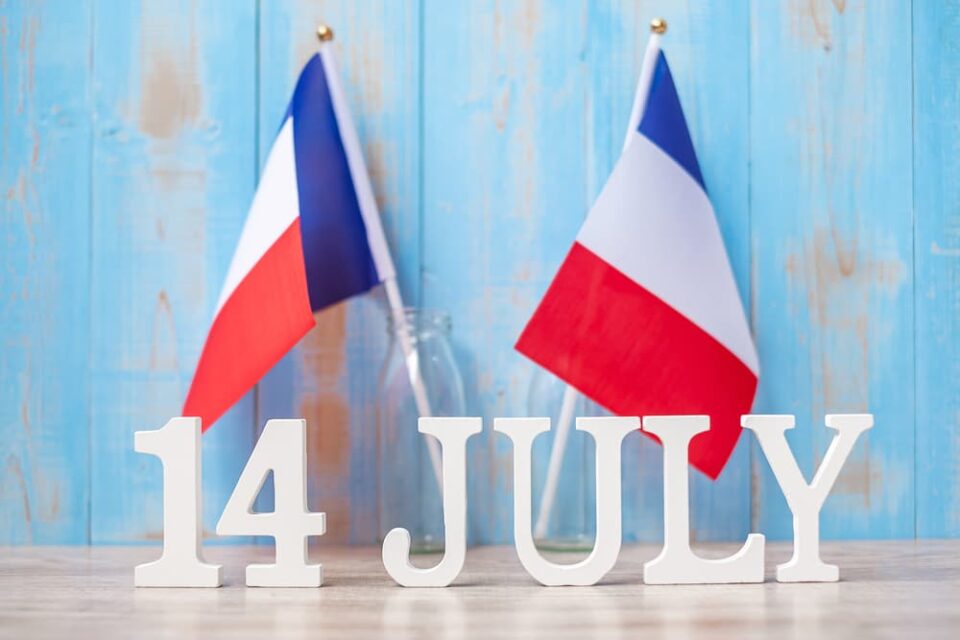
Bastille Day takes place every year on July 14, the day the Bastille was stormed. Some festivities start the night before, with many fire stations holding parties called Fireman’s Balls. But for the most part, the celebrations begin with a military parade in the morning and end at night with a fireworks display. Throughout France, people receive the day off from work in recognition of the holiday.
Together Time
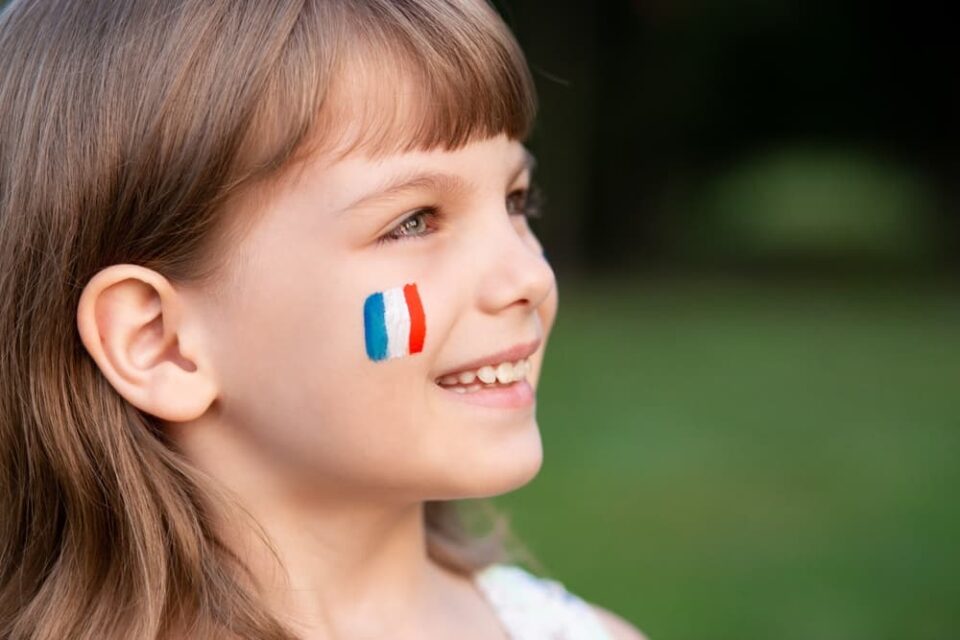
Looking to join the celebration of France on Bastille Day this year? Get a taste of France and serve up some creative lunches with a French twist, then add some patriotic flair with a little bit of nontoxic face paint. Just dab a blue stripe on the left, a white stripe in the middle, and a red stripe on the right to represent the French flag.
